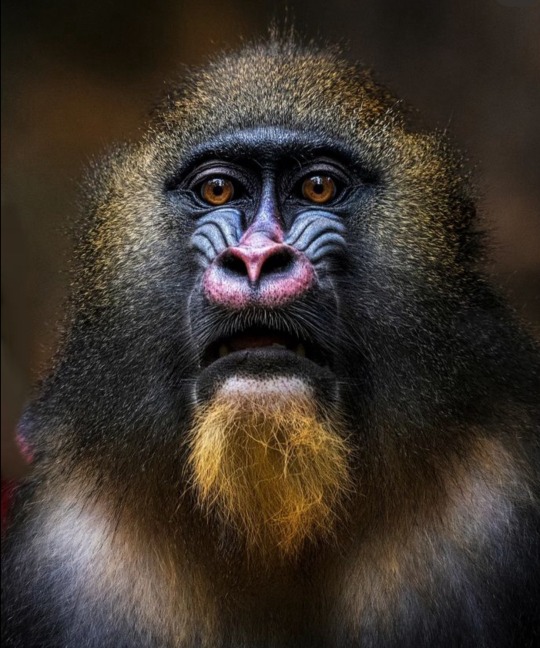#Mandrillus sphinx
Explore tagged Tumblr posts
Text


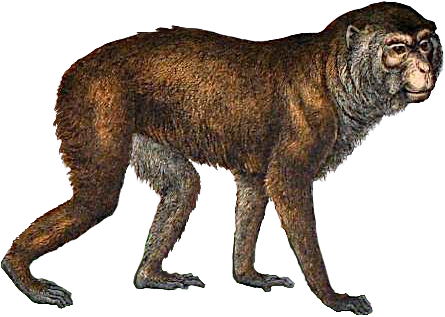
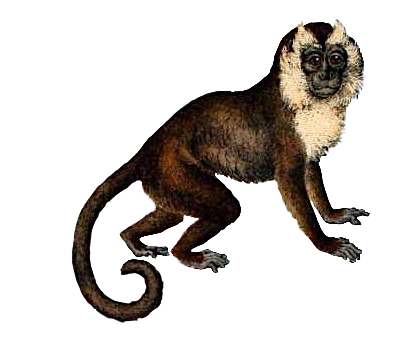
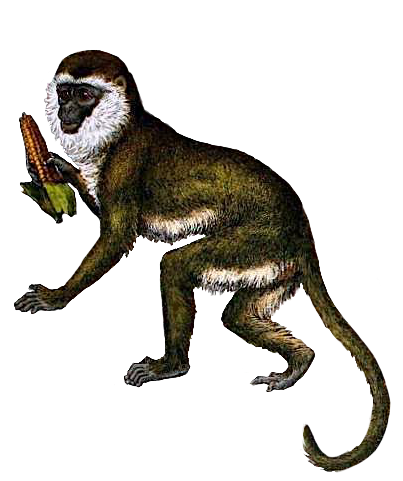
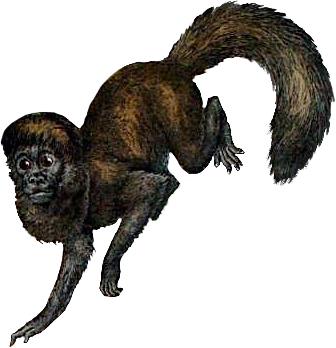
A mixture of monkeys:
Papio cynocephalus, yellow baboon Mandrillus sphinx, mandrill Macaca sylvanus, Barbary macaque Sapajus apella, brown capuchin Chlorocebus sabaeus, green monkey Alouatta palliata, mantled howler monkey
Via Natural History of the Animal Kingdom for the Use of Young People, W. F. Kirby, 1889
#mammalia#illustration#w f kirby#transparent#1889#primates#monkeys#papio#papio cynocephalus#mandrillus#mandrillus sphinx#sapajus#sapajus apella#chlorocebus#chlorocebus sabaeus#alouatta#alouatta palliata#png#vintage#antique#public domain
16 notes
·
View notes
Text

























The Bronx Zoo opened to visitors on November 8, 1899.
#Bronx Zoo#opened#8 November 1899#my favorite zoo#New York City#125th anniversary#US history#brown bear#Grizzly Bear#original photography#travel#vacation#summer 2019#2018#tourist attraction#landmark#USA#Inca Tern#lion#nile crocodile#Ring-tailed lemur#Toco toucan#tiger#Mandrillus sphinx#Indian Gharial#zebra#Freshwater crocodile#Brown Bear#animal#Bald Eagle
3 notes
·
View notes
Text
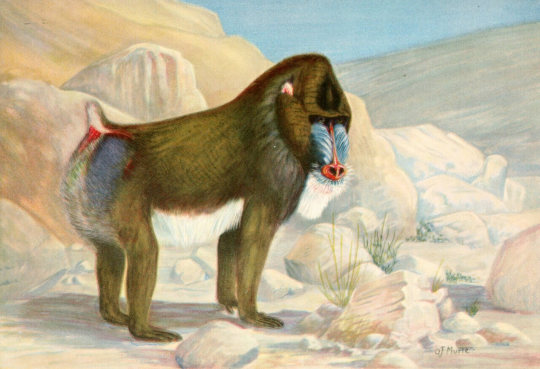
Mandrill | Olaus Murie (1889-1963)
#olaus murie#vintage art#animals#wild animals#animal art#mammals#wildlife biology#zoology#cercopithecidae#mandrillus sphinx#mandrill
18 notes
·
View notes
Text
Question: Which animal is the optimal shape? In the card game Náttúruval there is a party animal mode that let's you improvise on whether your animal is the most fitting beast for that rounds prompt. Say you had mandrill and your opponents had scarlet macaw and swordfish, how would you convince them that you are in fact more optimal shape than them.
Check the game out at
#náttúruval#crowdfunding#animals#card games#indie games#gamefound#card game development#improv#it's a prompt game for party animals#prompt#animal kingdom#mandrill#scarlet macaw#ara macao#Mandrillus sphinx#Xiphias gladius#swordfish#role play#optimal shape#im in love with the optimal shape of you
1 note
·
View note
Note
Hey, do you have any monkies? I'm collecting a lost for a very knowledgeable 6yo to research, so if you have any cool looking ones, he'd love them! Thanks :)
I might have a few cool monkeys for you!

Black-footed Gray Langur (Semnopithecus hypoleucos), family Cercopithecidae, southern India
photograph by @shaazjung

White-headed Marmoset (Callithrix geoffroyi), family Callitrichidae, eastern Brazil
Photograph by Luis Palacios

Mandrill (Mandrillus sphinx), male, family Cercopithecidae, Gabon
photograph by @mogenstrolle

Lion-tailed Macaque (Macaca silenus), family Cercopithecidae, endemic to the Western Ghats of India
photograph by Sandeep Dutta

Red-shanked Douc (Pygathrix nemaeus), family Cercopithecidae, found in Laos, Viet Nam, and Cambodia
ENDANGERED.
photograph by Miriam Blas Nombela

Golden Monkey (Cercopithecus mitis kandti), family Cercopithecidae, Rwanda
Subspecies of the Blue Monkey.
photograph by m107791


White-faced Saki (Pithecia pithecia), males, family Pitheciidae, found in the central area of northern South America
photographs: Jindřich Pavelka & Skyscraper


White-headed Langur (Trachypithecus leucocephalus), family Cercopithecidae, endemic to Guangxi, China
CRITICALLY ENDANGERED.
Photograph by VCG via: China Plus Culture
146 notes
·
View notes
Note
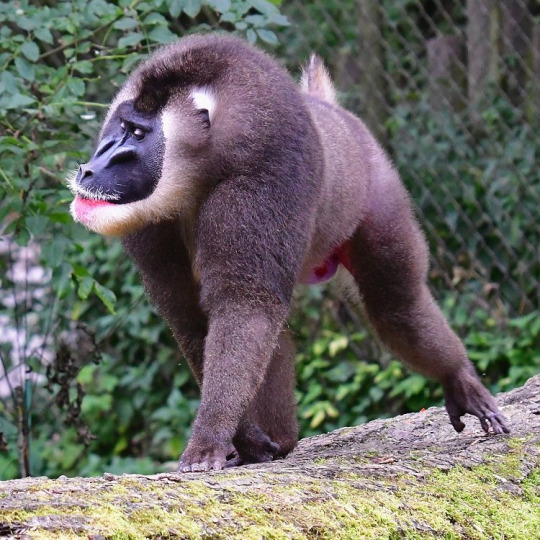
Hi there! What kind of fellow is this? Thanks. <3
Hello! This is a drill (Mandrillus leucophaeus)! They’re not as well-known as their red and blue faced cousins, the mandrills (Mandrillus sphinx)…

But drills are pretty colorful monkeys in their own right. And by that I mean that male drills have butts that would put an unicorn to shame!


565 notes
·
View notes
Text
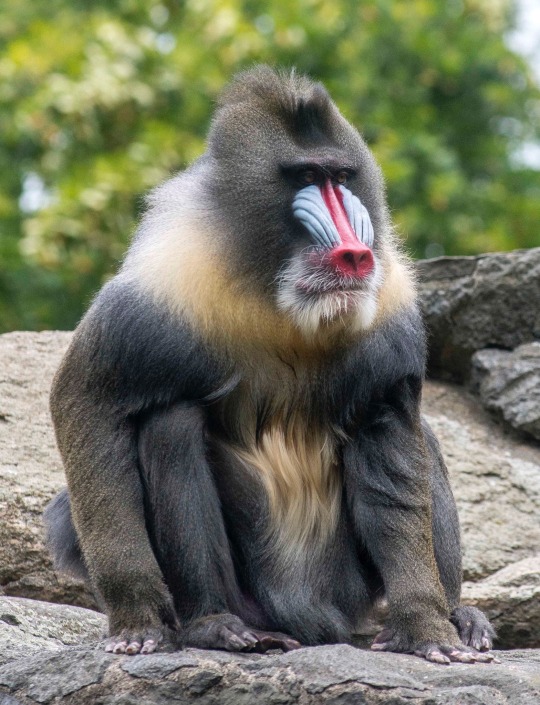
Mandrill (Mandrillus sphinx)
These extremely colourful primates are mostly terrestrial, but they live in the tropical rainforests of west Africa and still sometimes climb trees. They eat mostly leaves and seeds, but also many types of small animals. They have even been recorded hunting small antelope! Mandrills live together in groups called hordes, which can be made up of hundreds of members.
#markhors-menagerie#primates#old world monkeys#monkeys#animal facts#fun facts#animals#biology#mandrill
26 notes
·
View notes
Text
Animal of the day for October 16: Mandrill (Species Mandrillus sphinx)

The largest monkey in the world, Mandrills live huge social groups called "hordes", with potentially hundreds of individuals. Most Mandrills in a horde are females or juveniles, as the mature males tend to come and go as they please.
1 note
·
View note
Text
The Mandrill: The Vibrant and Enigmatic Primate of Africa
Hidden deep within the lush rainforests of equatorial Africa, a creature of remarkable beauty and mystery resides. With its vibrant colors, expressive face, and complex social structures, the mandrill (Mandrillus sphinx) captivates the imagination of all who encounter it. In this comprehensive exploration, we delve into the world of mandrills, uncovering their biology, behavior, ecological…

View On WordPress
0 notes
Text
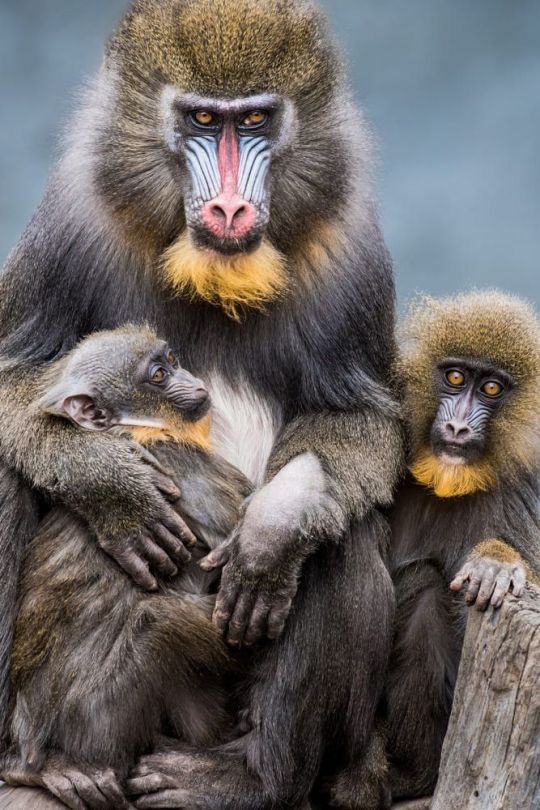
Mandrill Family. The mandrill (Mandrillus sphinx) is a large Old World monkey native to west central Africa. It is one of the most colorful mammals in the world, with red and blue skin on its face and posterior.
0 notes
Photo

Mandrill Zoo, Dresden, Germany
#photographers on tumblr#animals#monkeys#zoo#dresden#germany#mandrill#mandrillus sphinx#primates#primate#cercopithecidae#monkey#vertical#original photographers#original photography
106 notes
·
View notes
Text


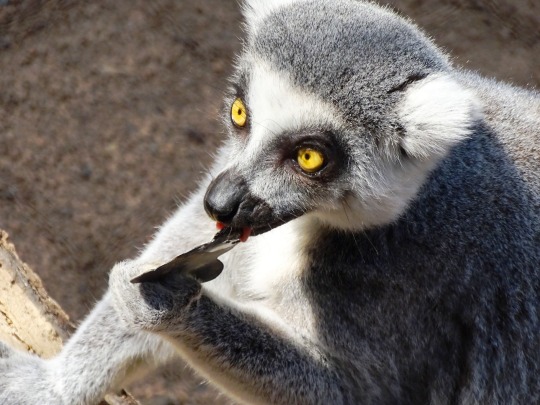


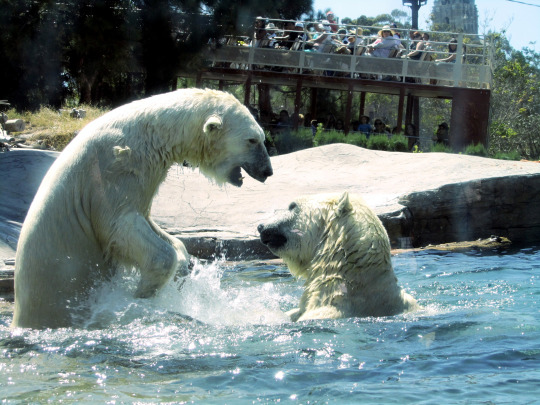


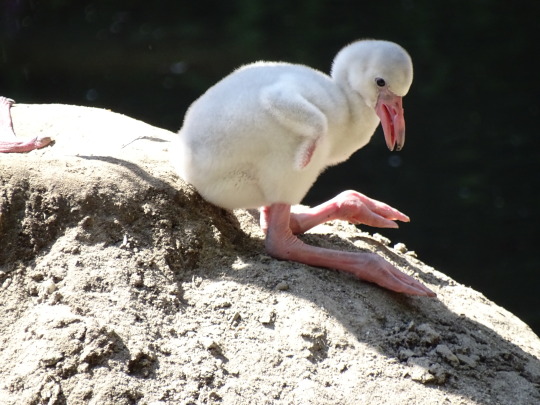


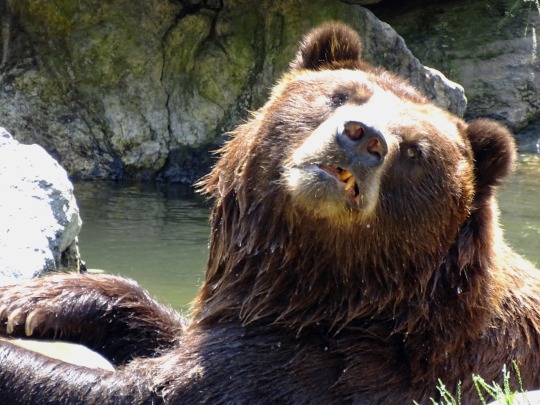
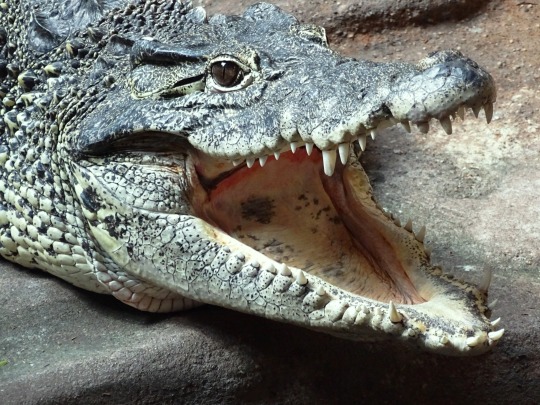

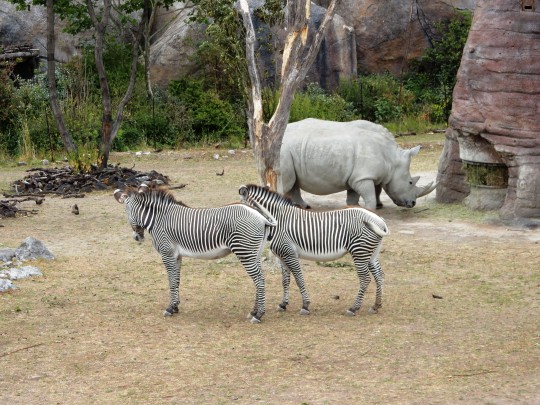
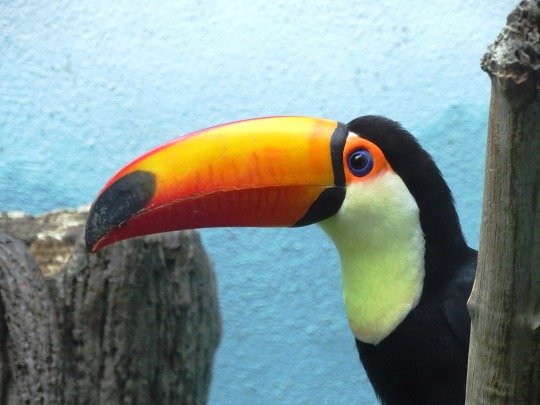

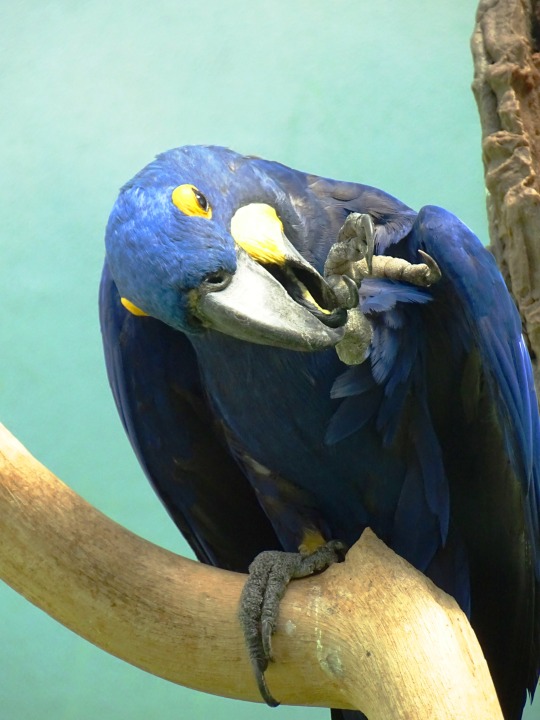

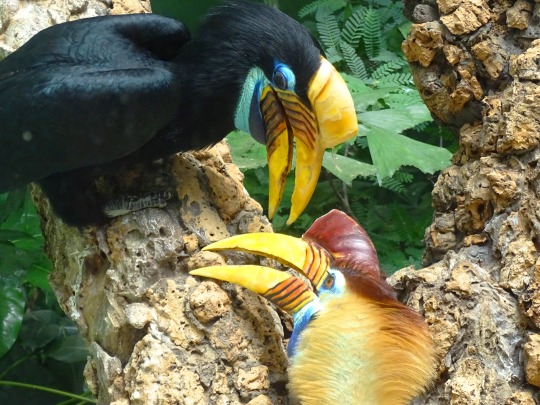

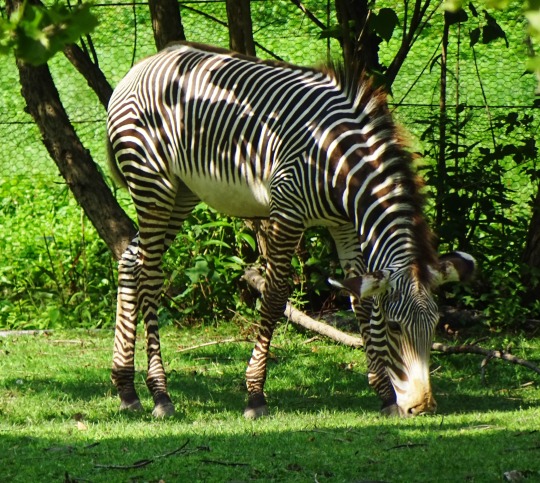
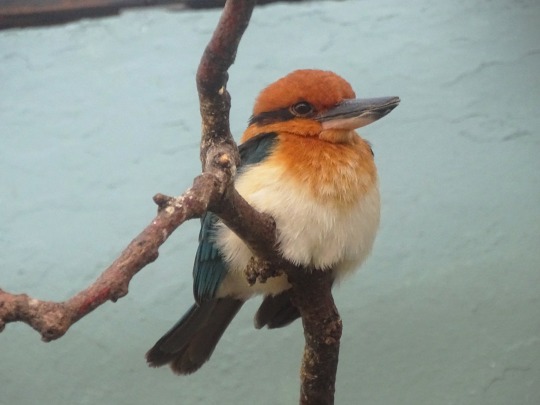


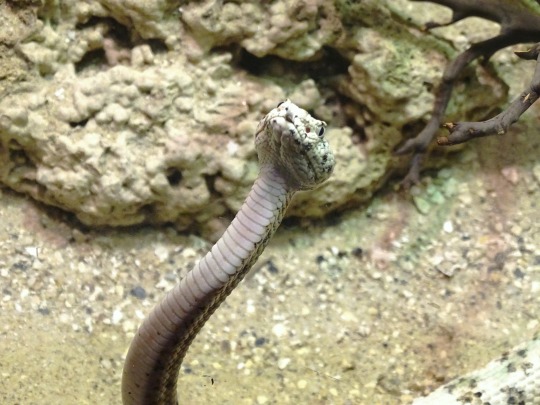


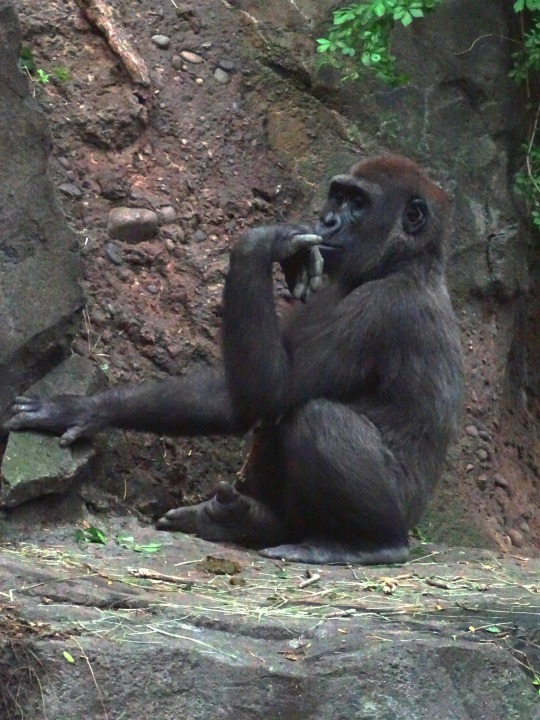

National Zoo Lovers Day
National Zoo Lovers Day, celebrated on April 8 in the U.S. brings all the zoo animal enthusiasts together to celebrate this significant day! Do you know how many animals were saved by zoos from going extinct? Yes, zoos are more than just conservation sites for endangered species, they also provide educational, research, and entertainment purposes. We can trace the history of zoos back to 4000 B.C. If you love animals, then this holiday is just for you. Visit a zoo nearby to find out about your favorite animals; you can also ask to volunteer at a zoo!
History of National Zoo Lovers Day
In the 7th century B.C, the Greeks had the habit of caging animals. ‘Alexander the Great’ sent many animals caught on his military expeditions to Greece. The earlier Egyptian and Asian zoos were kept mainly for public visitors and secondarily used for research purposes. During the 4th century B.C., the Greeks were more concerned with the research and experiment of captivated animals. The Romans had two different animal collections for arena and research objectives.
After the Roman Empire, zoos faced a downfall, but some private collections existed by Emperor Charlemagne in the eighth century and Henry I in the 12th century. King Philip VI had a menagerie in the Louvre, Paris, in 1333. Many members of the house of Bourbon had animal collections at Versailles. Later in 1519, a zoo was discovered in Mexico, which habituated birds, mammals, and reptiles. It was maintained by 300 zookeepers. In 1752, the Imperial Menagerie was founded at the Schönbrunn Palace in Vienna as the first modern-day zoo.
In 1828, two years after the Zoological Society of London was founded, the collection was created in Regent’s Park. By the mid 19th century, zoos were established worldwide. Among the existing zoos of today, more than 40 zoos are 100 years old. Most of these old zoos are in Europe. Since the end of World War II, there has been a fast and worldwide growth of zoos, many of which serve the purpose of public entertainment and economic gain rather than animal research. The exact number of public animal collections across the world today is unknown, although it is believed to be in the thousands.
National Zoo Lovers Day timeline
3500 B.C.
Hierakonpolis Zoo
The strange animal remains discovered near Hierakonpolis, Egypt's ancient capital, suggest the existence of a huge, exotic predynastic zoo.
1500 B.C.
First Real Zoo
Queen Hatshepsut establishes the first real zoo in Egypt.
30 B.C.
The Rise Of Private Zoos
From the shreds of evidence found in Egypt and Mesopotamia, private zoos show status among the wealthy in Rome.
1874
America’s First Zoo
America’s first zoo opens in Philadelphia, Pennsylvania.
National Zoo Lovers Day FAQs
Why do we need zoos?
Zoological gardens are needed to preserve biodiversity. Zoos provide a home to exotic endangered animals and have a history of saving many animals from being extinct.
Why are pet animals not allowed in the zoo?
Pet animals are not allowed in the zoo for various reasons. It can affect the health of zoo animals. Pet animals can be agitated by strange sounds, sights, and smells, which can bring out harm to anyone around.
Can I bring home the adopted animal?
Unfortunately, you cannot. The animals in the zoo cannot be brought up in a domestic household. You will be providing financial support for the animal you have adopted.
How to Celebrate National Zoo Lovers Day
Volunteer: Well, the greatest pleasure you can gain on National Zoo Lovers Day is by volunteering at a local zoo. It is a great opportunity to have a close observation of animals.
A family picnic: A great occasion to have an interesting yet informative family picnic. Take this opportunity to explore unique and exotic animals. You could also share some pictures on social media, spreading the word!
Adopt animals: Many zoos across the world provide animal adoption programs. You can show your love for conserving unique and exotic animals by adopting animals in zoos.
5 Fun Facts About Zoos That’s Sounds Too Good To Be True
Morning walks: Chendra, an Asian elephant in Oregon Zoo, likes to take a morning walk to meet her fellow zoo mates.
Entrance fee: 1/160th of a pound was charged as a zoo entrance fee at The Tower of London back in the 18th century; alternatively, visitors can also provide cats or dogs to feed the lions.
A valorous German Shepard: In 1987, a German Shepherd guard dog defeated an escaped Jaguar in Belgrade Zoo — in this valorous action, the dog saved the life of a zoo employee.
Giant pandas: China contains the ownership of all giant pandas worldwide and they are loaned to other countries at a rental price of one million dollars per pair, per year to raise funds for conservation programs in China.
Disk-throwing chimp: In Sweden, a 30-year-old chimp at Furuvik Zoo collects concrete disks to throw at the visitors.
Why We Love National Zoo Lovers Day
Fun-filled knowledge: National Zoo Lovers day reminds us to explore our local zoos. Every year, millions of people visit zoos and learn about many animals. It also provides a great opportunity for friends and families to have a fun time learning together.
Conserving the endangered: One great thing about zoos is conserving the species at the risk of extinction. An imbalance in biodiversity can bring a disastrous impact on the ecosystem. It reminds us of our responsibility towards nature.
Animal welfare: A wonderful day to remind animal enthusiasts to play their part in animal welfare. An opportunity for providing a large platform to gather support across the world.
Source
#National Zoo Lovers Day#ZooLoversDay#8 April#Bronx Zoo#vacation#my favorite zoo#New York City#summer 2018#2019#original photography#travel#animal#flora#fauna#Grizzly Bear#brown bear#Sulawesi hornbill#lion#inca tern#bald eagle#bird#nile crocodile#tiger#zebra#Silvery lutung#Mandrillus sphinx#Mandrill#close up#USA#tourist attraction
7 notes
·
View notes
Photo

Mandrill (Mandrillus sphinx)
50 notes
·
View notes
Photo

Mandrill (Mandrillus sphinx) close-up portrait of an adult male picking his nose, Gabon
Photographer: Cyril Ruoso
7 notes
·
View notes
Text







1 note
·
View note
